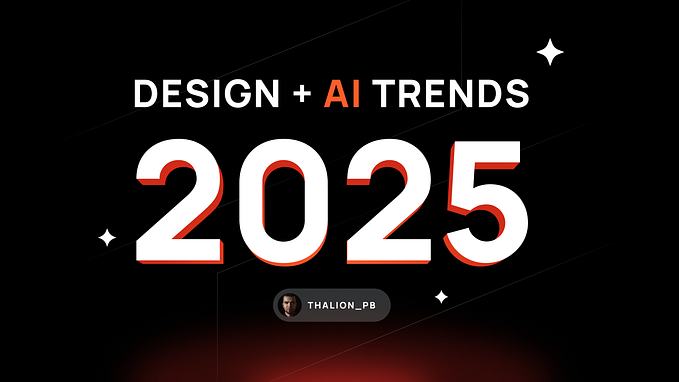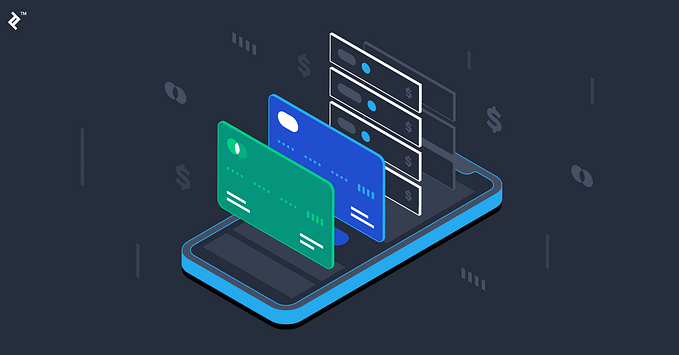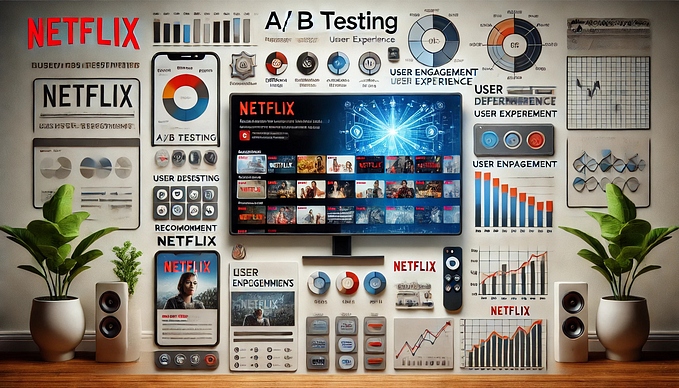
Spotify Concept: Podcast Discovery
In February, Spotify announced plans to spend up to $500 million to expand its podcast business. But Spotify has yet to address one of podcasting’s biggest hurdles: discovery.
Most podcast listeners depend on top charts or word-of-mouth to discover new podcasts. While reliable, these methods provide limited opportunities for discovery — particularly for newcomers.
With this in mind, how might Spotify enable users to discover podcasts more easily?
Defining the People Problem
User Research
After interviewing a variety of Spotify users and podcast listeners, I arrived at three key insights:
- Most users rely on Spotify-curated recommendations or playlists for music listening
- Users only need to preview 1–5 minutes of a podcast episode to get a feel for it
- Categories like “News” and “Sports” are too broad to be relevant to a specific user’s preferences

People Problem
Spotify users can discover new music within seconds. Podcast discovery is more impersonal and inefficient, yielding the following people problem:
Users want to listen to more podcasts, but they have difficulty discovering new podcasts efficiently.
Proposed Feature
Users spoke favorably of Spotify’s music discovery engine. What if Spotify automated podcast discovery as well? How would it display curated podcasts to users?
Content Requirements
Before delving into specifics, I laid out several content requirements for podcast discovery:
- Podcast title, episode title, and distributor
- Image to quickly identify and distinguish podcasts from each other
- Episode length for users with time preferences or constraints
- Category and/or description to assess podcast content
- Number of listens to assess podcast popularity
Feature Requirements
Users generally prefer listening to playlists or Spotify-curated music to minimize search time. Personalized podcast recommendations could help automate podcast discovery in a similar way:
Short 1–5 minute previews for each episode would cut down on discovery time
Users may listen to a curated list of episode previews for convenience
Users may like, skip, and download episodes to refine recommendations over time
Determining the Entry Point
I used medium-fidelity mockups to explore entry points for an episode preview feature:

I first pursued entry point A for maximum exposure. However, after receiving critique and feedback from user-testing, I chose entry point B for clarity.
Option B, Discover Weekly Podcasts, is a more intuitive entry point for a podcast discovery feature. While “Preview” looks ambiguous on the home page, restricting it to a playlist clarifies its purpose.
I used low-fidelity sketches to visualize the episode preview feature in its entirety:

Determining the Playlist Layout
After settling on an entry point and a basic user flow, I explored different card layouts for podcast playlists:
Medium Fidelity Inspiration

Podcast apps like Stitcher, Apple Podcasts, and Entale favor compact list styles. Would a more compact layout be a good fit for Spotify?
Medium Fidelity Explorations

Although options B, C, and D felt sleeker than Spotify’s current card layout, they sacrificed content and functionality due to their smaller size.
I eventually pursued native layout A for its familiarity and content capacity. To adapt this layout to my feature, I distinguished “Play Now” from “Preview Now” on a separate screen.
Previewing a Single Episode
Next, I explored potential ways to preview a single episode:

Since A felt too light and B felt too heavy, I pursued option C for clarity and exposure.
Playing a Full Episode
To create the listening screen, I drew inspiration from Entale, which segments podcast episodes into multiple chapters:

Users responded favorably to adapting this idea to Spotify previews. After user-testing, many expressed interest in playing a full episode while previewing:

I initially pursued option C because it felt most native to Spotify. However, option C gave no sign that users could scroll to view upcoming previews.
I settled for option E to encourage continuous podcast discovery. This option would give users flexibility without obscuring any content below.
Final Prototype
I used Figma to construct a basic prototype for my “Preview Episodes” feature:
Conclusion
Feasibility
To some extent, Spotify already recommends curated podcast categories on the home screen. “Preview Episodes” primarily reorganizes existing content and automates existing Spotify commands.
Apps like Entale segment each episode into multiple chapters with individual descriptions. “Preview Episodes” only requires pinpointing a single 1–5 minute preview for a limited number of episodes.
Most importantly, the ability to like and download episodes will help automatically refine podcast recommendations over time.
Impact
By relieving the burden of manual podcast discovery, Spotify can dramatically boost podcast engagement.
Says investor Matt Hartman:
“Discovery is a big part of the structural issues that have been in podcasting … Spotify has a specific solution to that on the music side. Between discovery and monetization, I think that’s where it starts to go from niche to mainstream.”









